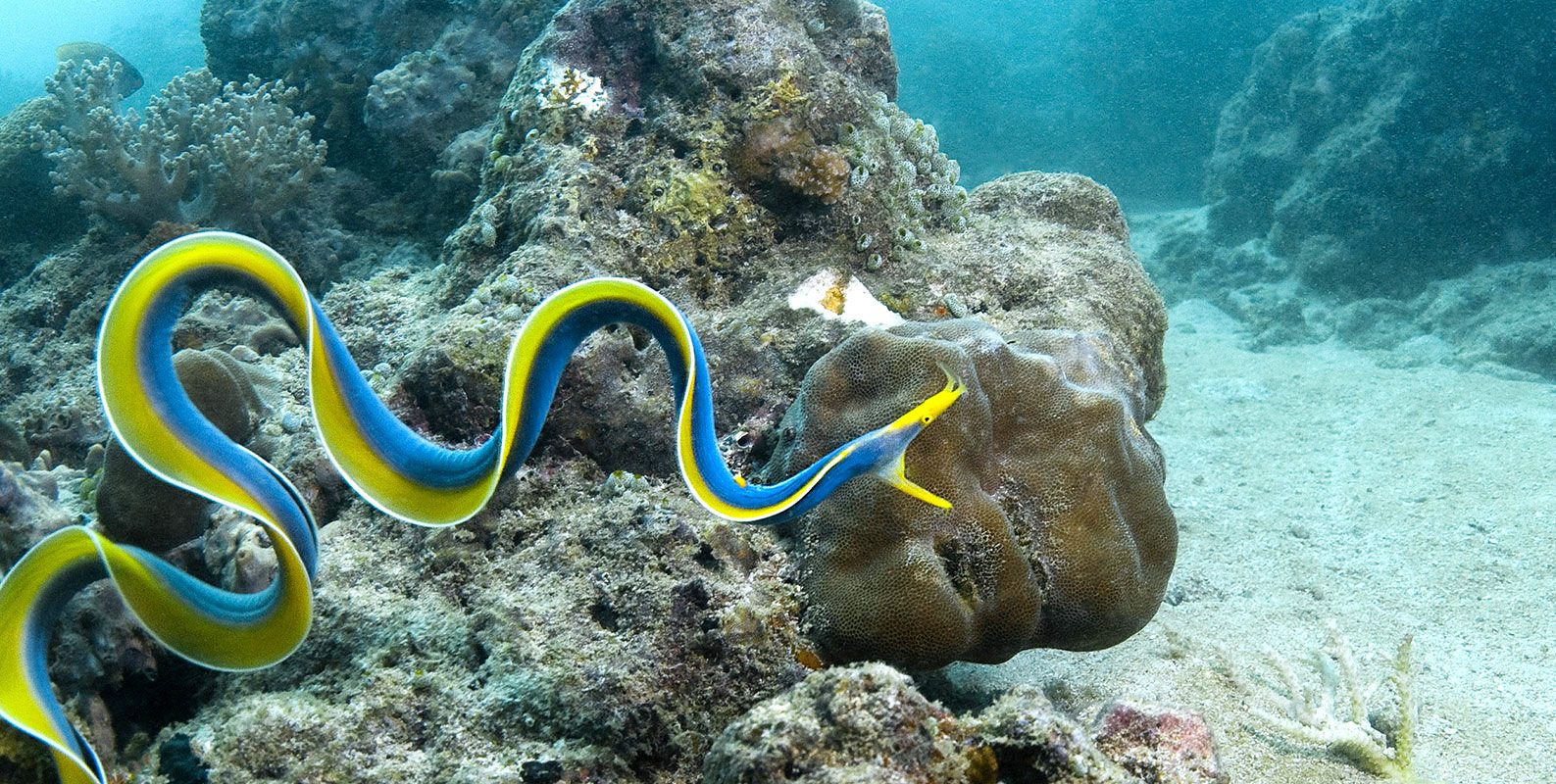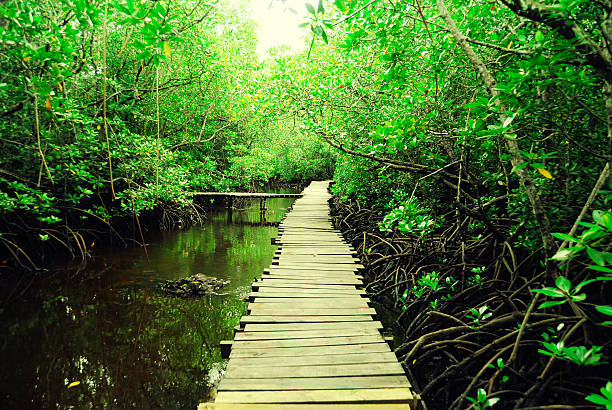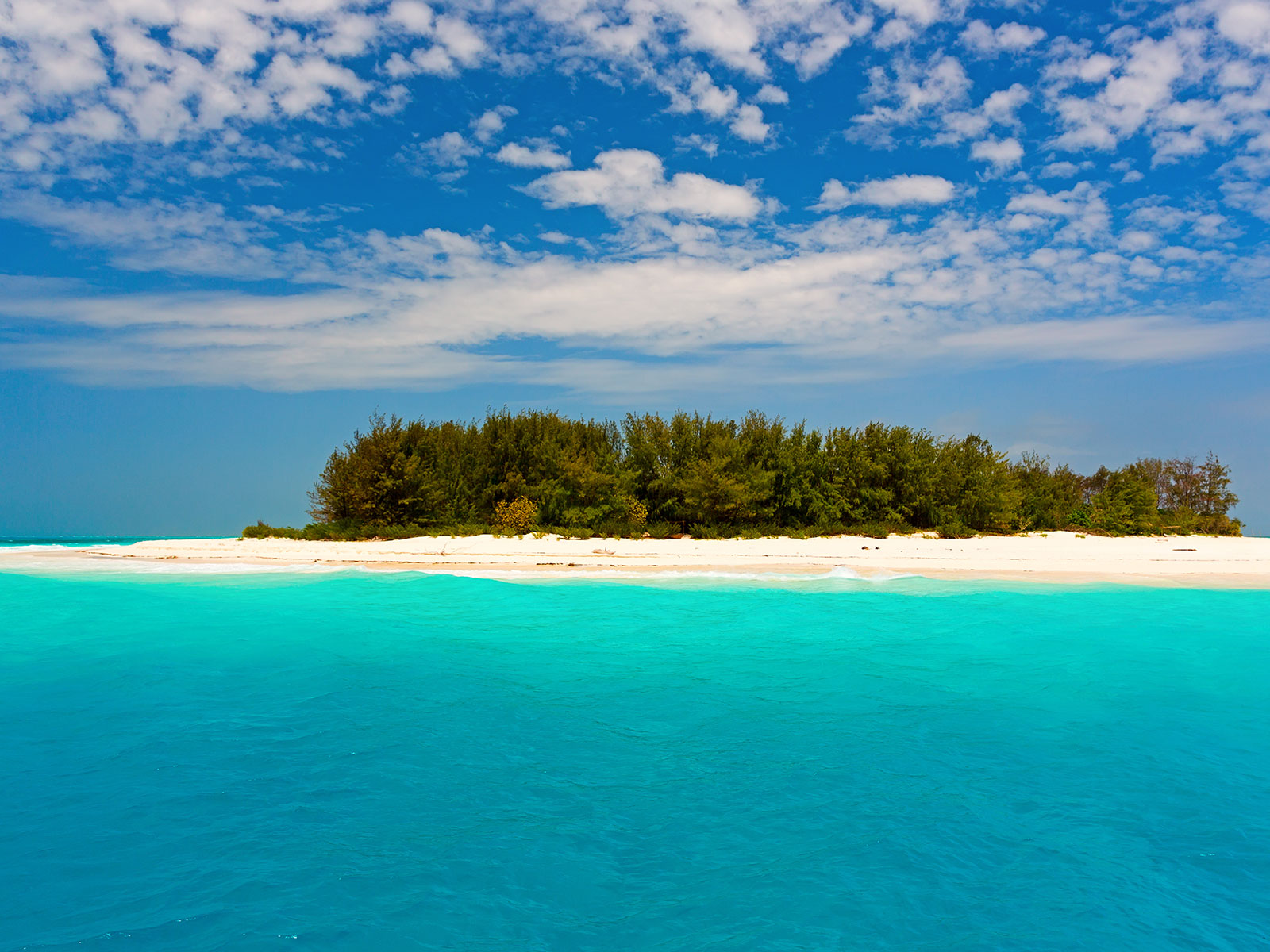Wildlife in Zanzibar : Zanzibar has a diverse range of environments that are home to a diverse range of wonderful mammals, birds, reptiles, and amphibians. Zanzibar biodiversity includes both terrestrial and marine flora and animals found in the archipelago of Zanzibar. The Southern Zanzibar-Inhambane coastal forest mosaic and the Northern Zanzibar-Inhambane coastal forest mosaic are two coastal forest mosaics found in eastern Africa. Small creatures, birds, and butterflies make up the majority of the wildlife.

The rich marine life present in Zanzibar’s coral reefs is the island’s main attraction. The Jozani-Chwaka Bay National Park has the island’s largest remaining indigenous forest, which is home to a number of endangered species. Unguja, Zanzibar’s major island, includes biodiversity that indicates the island’s relationship to the African mainland during the previous ice age. The Tanzanian Wildlife Act, which governs Tanzanian wildlife, also governs the flora and fauna of Zanzibar. Many reserves, including the Jozani Chwaka Bay National Park, safeguard wild in this rare wildlife island. The World Wildlife Fund (WWF) and the International Union for Conservation of Nature (IUCN) are active in a variety of wildlife project initiatives aimed at protecting and preserving the flora and fauna of the islands.
The fauna of the Zanzibar Archipelago is found on the island of Zanzibar as well as around its shoreline. Due to years of irresponsible killing, several species have become endangered or extinct. Zanzibar’s only national park, Jozani Chwaka Bay National Park, is Zanzibar’s only national park; other forest reserves include Ngezi Forest Reserve, Kiwengwa/Pongwe Forest Reserve, Kidike Root Site, and Zala Park. Chumbe Marine Park, Mnemba Marine Park, Misali Marine Park, Menai Marine Park, Tumbatu Island, Chapwani Island, and Changuu Island are the parks dedicated to the protection of Zanzibar’s marine resources, with the main goal of all of these protected areas being to protect wildlife on Zanzibar Island.

ZANZIBAR PROTECTED AREAS
Zanzibar has a variety of protected areas, such as national park, wildlife reserves, and marine reserves, where you can see a variety of wildlife. These protected areas play an important role in ensuring the survival of wildlife species in Zanzibar. The following are protected areas in Zanzibar and the wildlife that can be found within them.
NATIONAL PARK
Jozani Chwaka Bay National Park.
The park is Zanzibar’s sole national park, measuring 50 square kilometers and containing the island’s largest near-natural forest region. It can be found on the island of Unguja. Groundwater forest, coastal forest, and grassland are among the habitats found inside the park and its surrounding protected territories, including mangrove forest and salt marsh on the shore.
The Zanzibar red colobus (Piliocolobus kirkii), an endangered species (according to the IUCN List), endemic monkey, and the Aders’s duiker are two of the numerous species found here. Groups of colobus monkeys can be observed adjacent to the park. In the marshy areas, wading birds and seaweed have been observed.
ZANZIBAR WILDLIFE RESERVES
Ngezi forest reserve.
The Ngezi Forest Reserve is located at Pemba Island’s northwestern point and measures 14.4 square kilometers (5.6 square miles). After most of the land had been cleared for clove farming, it was designated as a reserve in 1950. It still has high-closed woodland, known as Ngezi forest that stretches all the way to Vumawimbi’s beach.

The Hadada ibis, African goshawk, palm-nut vulture, scops owl, malachite kingfisher, and Pemba white-eye are among the 27 bird species documented in the forest, with the Hadada ibis, African goshawk, palm-nut vulture, scops owl, malachite kingfisher, and Pemba white-eye being the endemic species. The Pemba flying fox, Pemba vervet monkey, Zanzibar red colobus monkey, hyrax, Pemba blue duiker, feral pigs, Javan civet cat, and marsh mongoose are among the other faunal species found on the Ngezi forest reserve.
Kiwengwa-Pongwe Forest Reserve
The Kiwengwa/Pongwe Forest Reserve is 20 kilometers (12 miles) from Zanzibar Town on the northeast coast of Unguja. In the coral rag zone, this reserve is a major biodiversity hotspot. The woodland reserve is rich in both faunal and floral species. The reserve’s biodiversity includes endemic species of red colobus monkeys, Aders’ duiker, Sykes, blue monkeys, antelope, and various snake species. Fischer’s turaco, Zanzibar sombre greenbul, crowned hornbill, and white-browed coucal are among the 47 bird species found in the forest. There are around 100 plant species, many of which are therapeutic. To prevent this reserve’s rich biodiversity from becoming extinct, conservation measures have been implemented.
Kidike Root Site
The Kidike Root Site is located in Pemba Island’s central region. It is home to the critically endangered Pemba flying fox, the world’s largest bat species. Vervet monkeys, Mozambique cobras, tortoises, bush crabs, red-eyed doves, and mangrove king fishers are among the island’s other inhabitants.
Zala Park.
Jozani National Park is a small reserve around 5 kilometers (3 miles) from Jozani Land Animals and Park. Many creatures kept in captivity can be observed here. Big pythons, chameleons, geckos, tortoises, crabs, dik-dik, striped lizards, monitor lizards, and hyrax are among the animals found in this reserve. The reserve is surrounded by a dense forest of citrus, lime, grapefruit, nutmeg, banana, ginger, chillies, black pepper, and cinnamon trees.
ZANZIBAR MARINE RESERVES
Marine parks
Many marine parks have been established on Zanzibar to conserve the island’s wildlife. Chumbe Marine Park, Mnemba Marine Park, Misali Marine Park, Menai Marine Park, Tumbatu Island, Chapwani Island, and Changuu Island are among these protected areas.
Marine parks in Chumbe,
It has been formally designated as Chumbe Reef Reserve since 1994. The goal of this sanctuary is to protect and develop the coral reef’s unique biodiversity. The sanctuary has a terrestrial nature walk, as well as an “Eco-lodge” for lodging and an education center. Among the many honors it has received, the “UNEP Global 500 Award for Environmental Achievement” and the British Airways Tourism for Tomorrow Southern Regional and Global Awards are two of the most notable.
Mnemba Marine Park.
Mnemba Marine Park is on the northeastern tip of Unguja Island, about 10 kilometers (6 miles) from Stone Town. However, a section of the park named the “House Reef” was recently designated as a “no touch” zone to ensure coral regrowth. Many aquatic and plant species can be found in the park. Green turtles, which are endangered, lay their eggs in enormous numbers here.

Misali Marine Park
The Pemba Channel Conservation Area comprises 21.58 square kilometers (8.33 square miles), including a 9.4-kilometer (5.8-mile) ring of coral that surrounds Misali Island. The Misali Island area is home to a diverse reef ecosystem with great socioeconomic significance. The area is home to 42 different types of hard coral and over 400 different fish species, including the endangered Humphead.
Menai Marine Park.
Menai Marine Park, with its marine and coastal areas, is located on Unguja Island’s southwest shore. Tropical fish species, sea grasses, and coral reefs abound. Many small islets have mangrove forests. Moray eels, scorpion fish, lion fish, big groupers, octopuses, lobsters, rays, manta rays, whale sharks, sea turtles, different dolphins, sperm whales, and humpback whales are among the aquatic species present in this reserve. The Menai Marine Park ecosystem is a 470-square-kilometer protected marine conservation area (180 sq mi).


